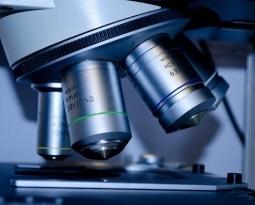Claiming the R&D Tax Credit
Maintaining Sufficient Documentation
The escalating level of cash refunds claims for the R&D credit tax has led to increased scrutiny by Revenue. This scrutiny is taking place through formal audits as well as requests for additional information to validate Research and Development (R&D) claims. It is essential that firms keep sufficient documentation as evidence for their R&D tax claim.
Submitting Your Claim On Time
According to the Taxes Consolidation Act (TCA), companies have a maximum of one year from the end of a given accounting period to submit their R&D claim. After submission, Revenue has exclusive rights to carry out a thorough audit of the previous four years claims to ascertain the integrity of the claim. In case adjustments are required in the process of auditing, penalties and interest can be requested by the Revenue Commissioners. Partial or full repayment of credits can be requested. It is worth noting that the adjustments mostly occur due to overstating the claim or providing inadequate documentation to support the claim.
Providing Supportive Evidence
However, this does not mean that companies should be discouraged from claiming the refund. Instead, it means that companies should have proper scientific and financial supporting evidence to back up their claim. Therefore, it is recommended that companies develop efficient frameworks to capture contemporaneous data for all R&D projects. This will not only promote sufficient accuracy but also maximize the claim that a company can submit to the Irish Revenue Commissioners. Swanson Reed specialise in R&D claims and can assist your firm through the entire process, determining eligible expenditure and ensuring that you are compliant with guidelines. Get in touch with us for a obligation-free chat.









